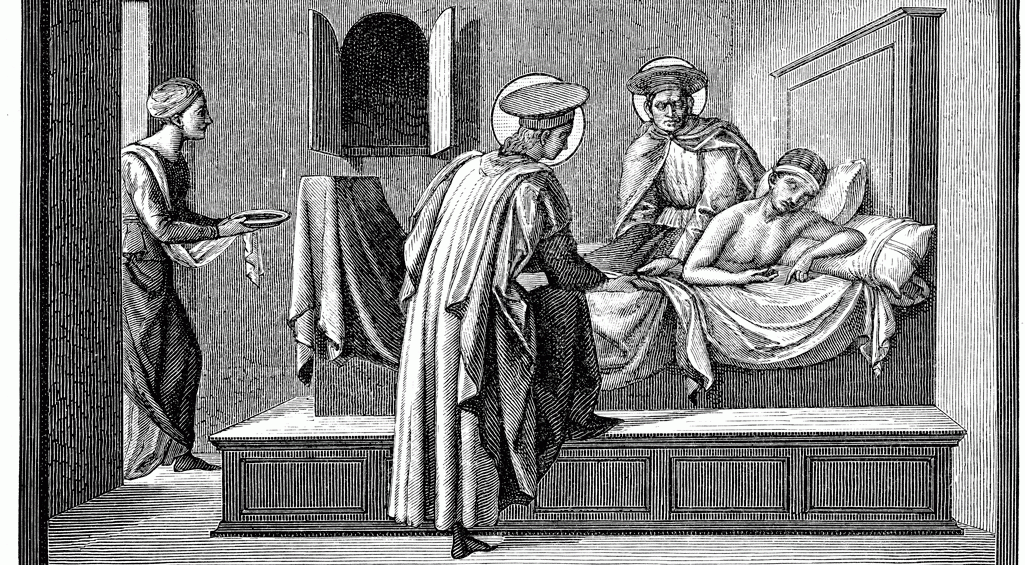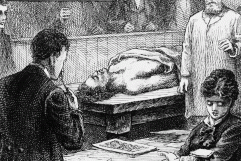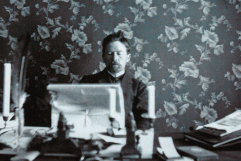
A story through the ages
Medicine is as old as mankind and artists have reflected its history in sculptures, paintings, engravings, novels and chronicles about important pandemics.
The history of mankind and medicine has gone hand in hand. Prehistoric people know how to splint broken bones and to suck out wound caused by a bite or sting. Later on, in 3000 B.C., they were already trepanning skulls. Art has reflected this relationship between medicine and mankind, ranging from the first images related to the Greek gods, to the latest cinema box office hits. Great painters from all periods such as Bosch, Picasso, Toulouse-Lautrec or Van Gogh have immortalised scenes where doctors played leading roles. And chroniclers told us about the great pandemics experienced. Literature has maintained a love-hate relationship with the profession, while Quevedo or Cervantes were ironic about their labour, authors from 19th and 20th centuries acknowledged their work and turned them into leading or secondary roles that were essential in their literary works.
Women doctors were not as lucky. After a splendid era in Rome, they saw how the doors of the universities were closed to them, but they still managed to make their way forward. Margaret Ann Bulkley became James Barry, and she carried out the first caesarean section in history and became a General Hospital Inspector for the British Army.



